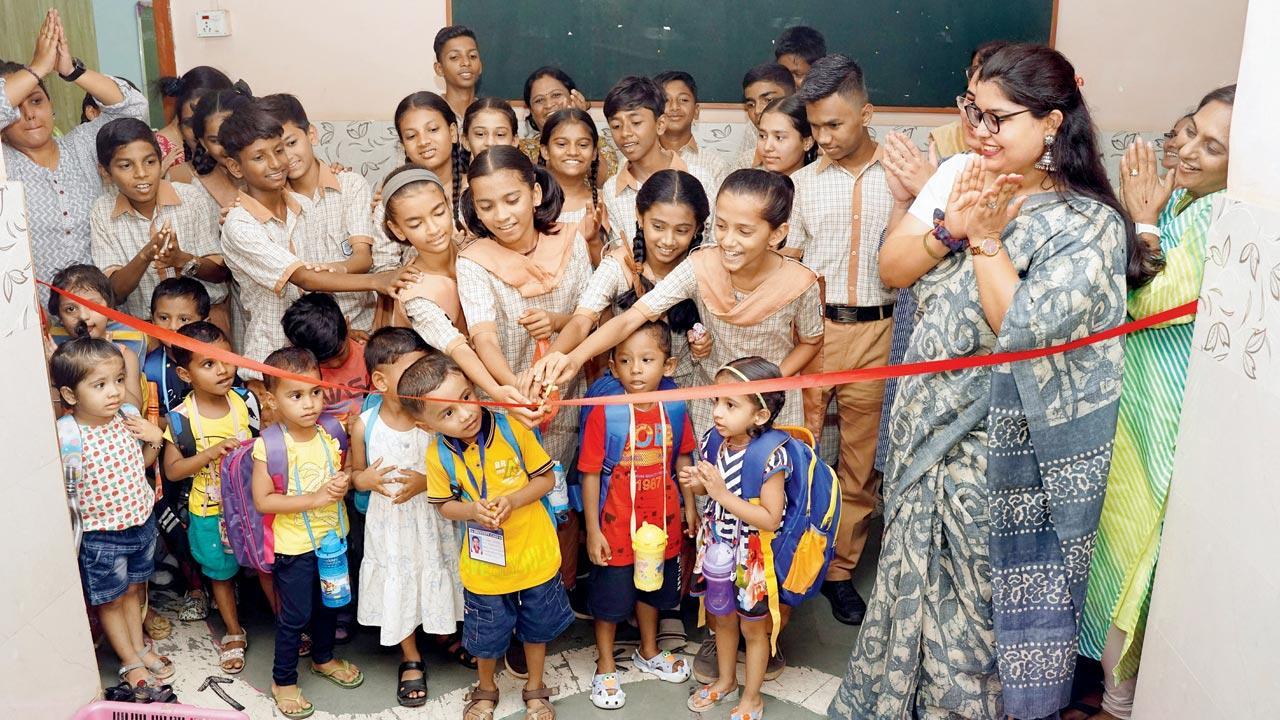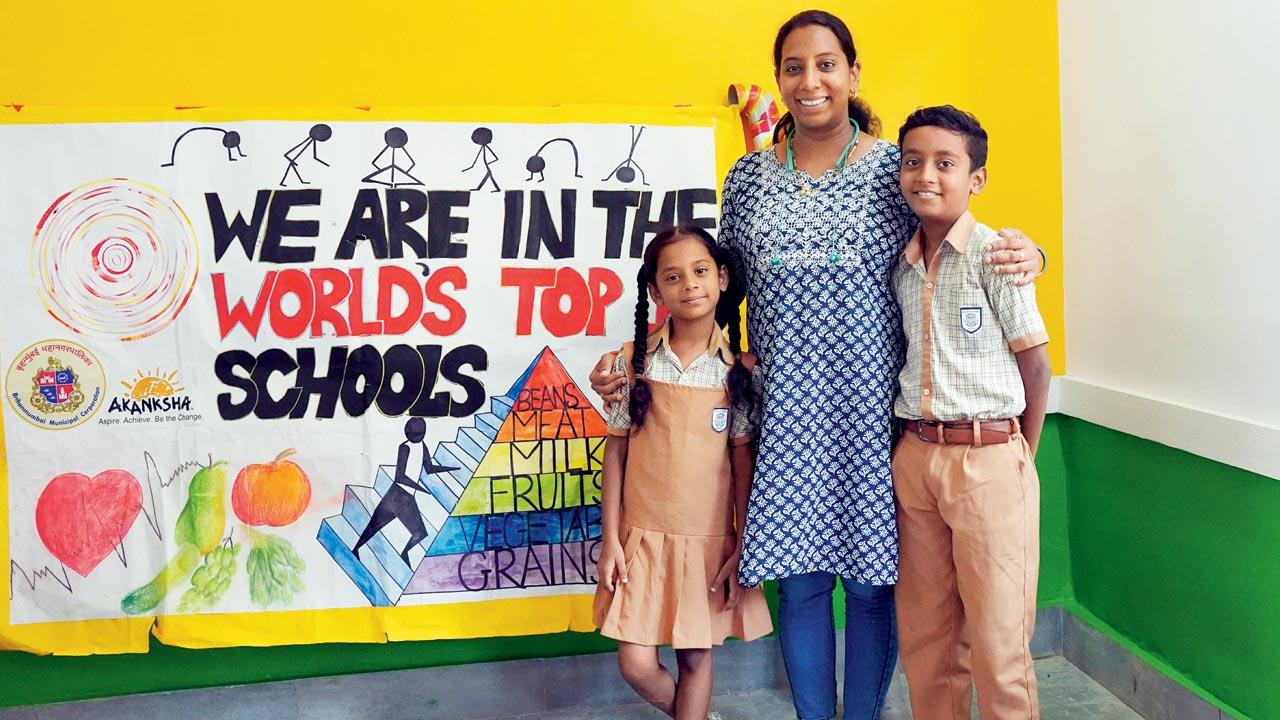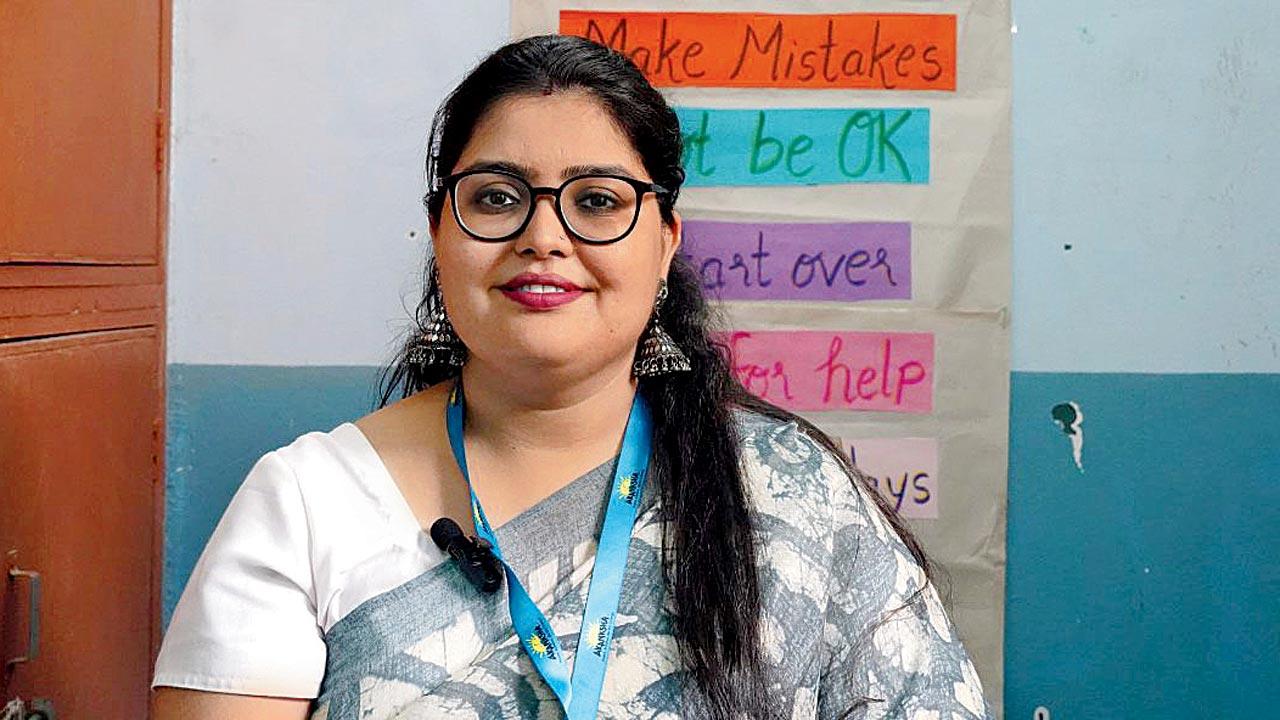Dadar’s Shindewadi public school is on the list of the world’s top schools. Why? For their commitment to making their students smarter, one nutritious meal at a time

Shindewadi public school, which is run by the non-profit Akanksha Foundation, has been shortlisted among the world’s 10 best schools due to its robust nutrition programme
Rosy pink beetroot paranthas, gleaming white coconut laddoos, green methi theplas… as the glimmering steel dabbas open at this particular public school in Dadar’s Gautam Nagar, there’s a conspicuous absence of chips and Maggi noodles. This is Shindewadi Mumbai public school, which has been shortlisted as one of the world’s 10 best schools by UK-based T4 Education, a global community that champions stellar educational initiatives. The 15-year-old school is one of the 26-odd public schools run by the not-for-profit educational body, Akanksha Foundation.
ADVERTISEMENT
“Earlier, children would bring white rice and red chilli paste in their lunch boxes,” says the principal, Sakshi Bhatia. “This is a staple diet of the Gautam Nagar community.” Due to poor nutrition, the children fell sick often, and as a result, their academic performance suffered. The problem intensified during the COVID-19 pandemic, when households lost their source of income and thus, their ability to put food—healthy or unhealthy—in the lunchbox.
 Harsha Solanki with her children, Dhruvansh and Vidhi
Harsha Solanki with her children, Dhruvansh and Vidhi
Though the school has always had a robust approach to promoting nutrition, their surveys during the pandemic showed that out of 359 students across grades, 70 per cent were underweight, and 103 were severely malnourished. “After the lockdown,” Bhatia recalls, “our students came back with a lot of immunity gaps. Attendance dropped, and they weren’t able to sustain energy for longer hours. We set this goal: In the next two years, we wanted our children to be healthier than
ever before.”
At its most basic, Shindewadi’s nutrition programme involves rigorous checking of the vulnerable students’ height and weight. The school partners with the Indian Council of Medical Research (ICMR) to create health cards and dietary recommendations for them. Then there are free snacks involving cereals and millets that students can munch on during the supplementary snack break—one of the two recesses the school has.
 Sakshi Bhatia
Sakshi Bhatia
It also puts the fun in dabba-planning: In Navratri last year, they set a theme aptly titled “nine days, nine colours, nine recipes”. Using the colours assigned to nine days of the festival, parents were told to pack a healthy meal incorporating an ingredient of that hue. It spurred on a friendly competition between the pupils to see who packed the most unique food items. Harsha Solanki’s son, 11-year-old Dhruvansh, who studies in Class VI, loved vada-pavs and bhajia-pavs, and was underweight. The nutrition programme transformed the fussy eater. “Now,” beams Solanki, “he eats palak puris, methi theplas, and beetroot cutlets.”
Then there are the tiffin checks at the gate and discouragement to step towards kirana stores for snacks on the way home. Now that they know the importance of nutritious food, the children instruct the parents on how to cook healthy meals.
When we asked some of them about their favourite meals, the dishes that pop up are not what one would associate with 10 or 11-year-olds. “Khichdi!” says Sneha, a pigtailed eight-grader. When we press her for the reason behind it, she says, “Because it is very yummy.” Poorva, a very well-spoken sixth-grader, likes masala rice “because it has vegetables in it”, while Dhruvansh, Solanki’s son, sagaciously informs us that daal-rice is very healthy because it has proteins… and it’s very yummy.
It’s not just the students and their parents, but entire families that have become health warriors. Solanki says that while initially, she was reluctant to health-ify recipes and methods of cooking, her family was quick to latch onto it. “Agar kuch naya try hi nahi karenge, toh seekhenge kaise? (If you don’t try something new, how will you learn?),” she asks.
 Subscribe today by clicking the link and stay updated with the latest news!" Click here!
Subscribe today by clicking the link and stay updated with the latest news!" Click here!








